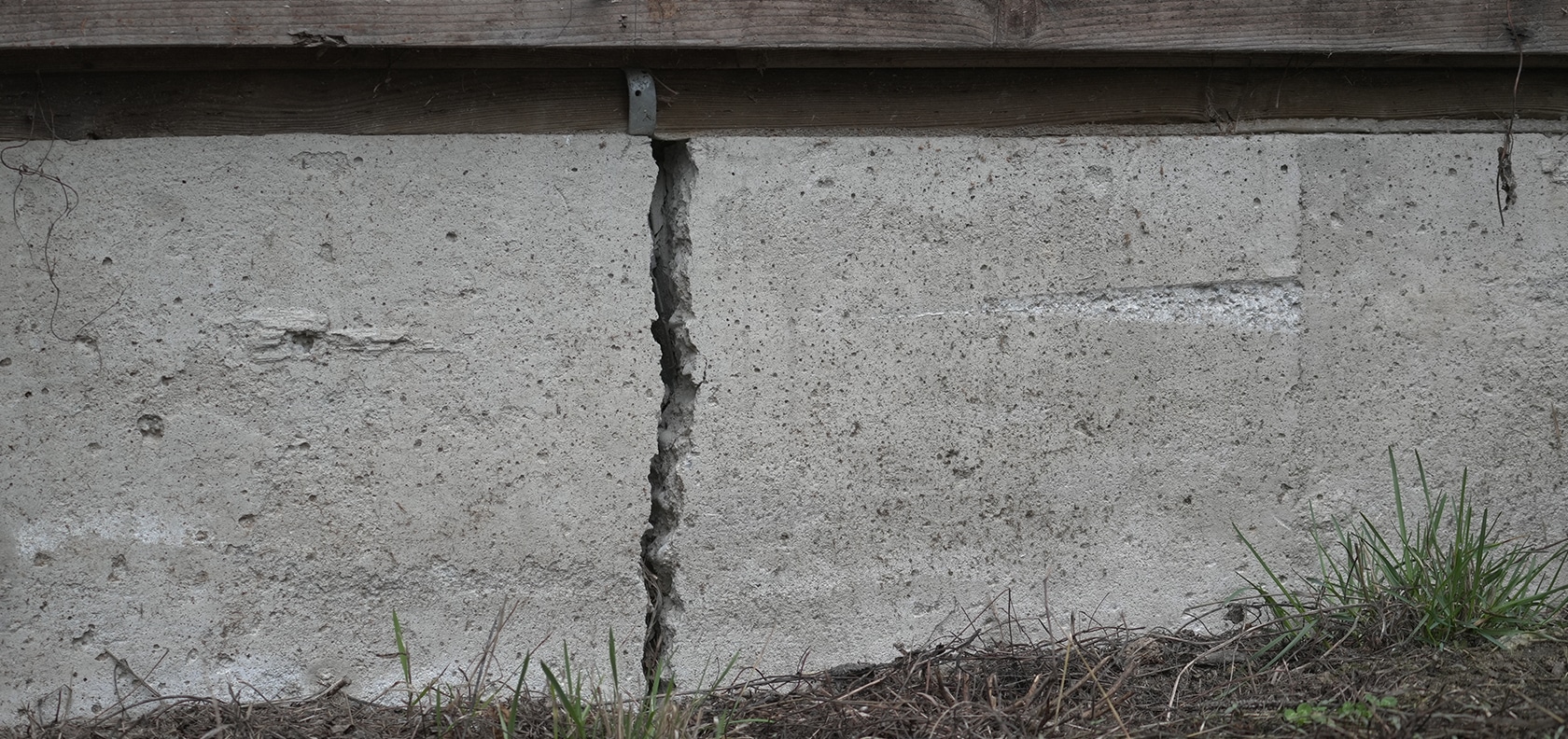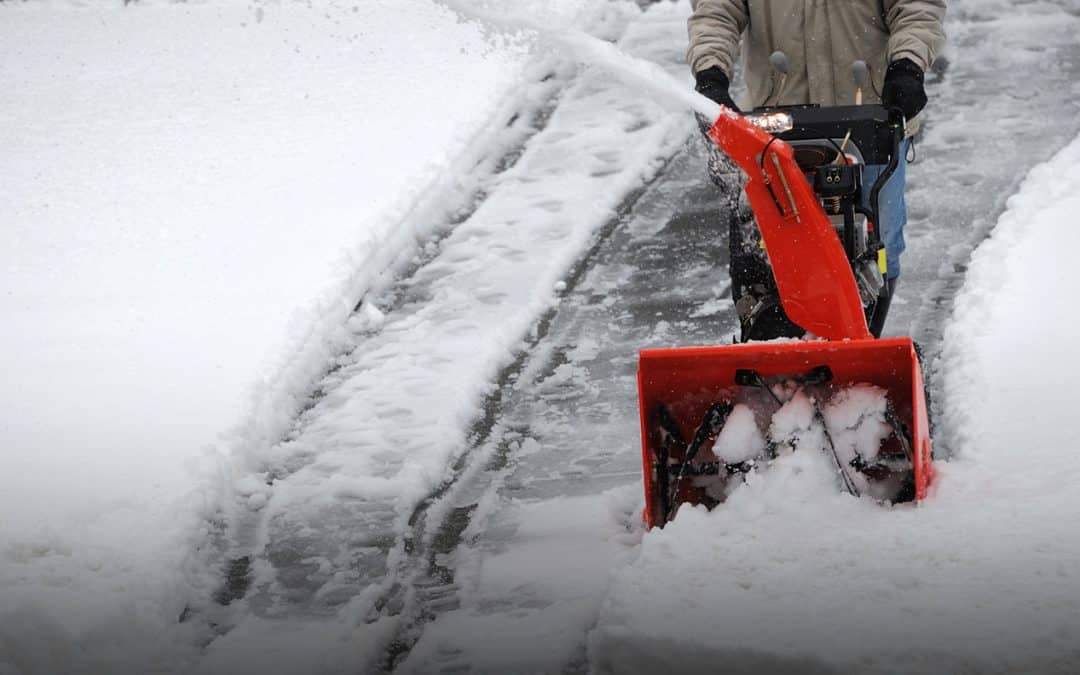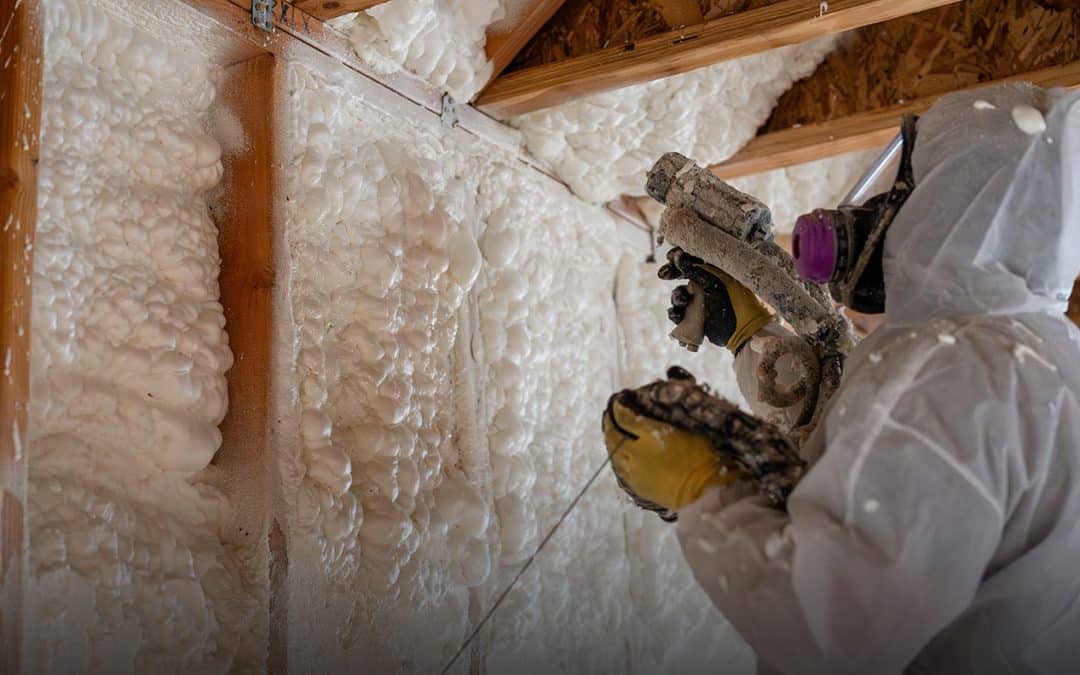The changing seasons can damage your home, whether it’s the heat and humidity in summer, harsh cold and snowy conditions in winter, or heavy rainfalls in spring. Those weather conditions can impact one major part of a home: its foundation, which serves as the backbone of the entire structure.
Identifying the early signs of foundation issues, especially if the foundation is concrete, can help homeowners avoid costly repairs.
Foundation problems caused by weather conditions
Seasonal weather conditions can cause several types of foundation problems. Hot temperatures during the summer can cause soil to dry out and pull away from a foundation. The lack of moisture in the soil causes the foundation to weaken and crack. In areas of drought or dry weather, the soil under a foundation shrinks and creates gaps, which leads to settlement issues and cracks. This type of foundation damage can also cause windows and doors to be stuck and cracks in a home’s floors or walls, which can make a home susceptible to mold or water damage.
Harsh winters can also pose problems for a home’s foundation. In areas with snow, water in the soil freezes and expands, causing the foundation to lift or shift. When temperatures warm up and the ground thaws, the soil shrinks, creating a gap between the soil and the foundation, making the house unstable.
Heavy rainfall can also create issues for a foundation. When soil becomes too saturated, it expands and loses the ability to hold the weight of the foundation, causing the soil to shift. This can cause flooding inside the home and cracks in the walls.
Interior and exterior signs of foundation issues
While weather can affect the structure of a foundation, there are specific signs to look out for inside and outside of your home.
Signs of interior cracks:
- Cracks in walls
- Cracks in tiles or flooring
- Uneven floors
- Separation of walls from floors or ceilings
- Gaps around doors or window frames
- Doors or windows sticking
Signs of exterior cracks:
- Bow or tilted exterior walls
- Cracks in exterior walls
- Visible cracks in the foundation
- Water leaks
Specific types of foundation cracks
A home can experience several types of foundation cracks. Understanding the different types can help assess their severity and determine how to get a professional to fix them.
Hairline: Hairline cracks are typically under 1/8 inch wide and can happen when concrete settles during curing. These types of cracks are usually cosmetic and don’t compromise a home’s structure.
Diagonal: Diagonal cracks occur with the uneven settling of the foundation. These cracks are usually wider at one end and can signify structural issues with a home.
Vertical: A vertical crack runs up and down and is often caused by normal settling. While vertical cracks are not as concerning as diagonal or horizontal cracks, they could be an issue if they are wide at the top or bottom.
Horizontal: Horizontal cracks occur when there is pressure from surrounding soil and are usually more serious than vertical ones. If not fixed, horizontal cracks can cause significant structural damage.
Repairing a foundation
Depending on the severity of your home’s foundation crack, it’s best to call a professional foundation repair contractor or a structural engineer to assess the damage properly.
While a foundation repair contractor can inspect and offer solutions to fix the issues, a structural engineer can provide a detailed report that includes the extent of damage, recommended repairs, and estimated costs. Depending on the severity, a foundation repair can cost a homeowner as little as a few hundred dollars on up to thousands of dollars.
Does home insurance cover foundation repair?
Foundation cracks or damage caused by normal wear and tear, poor maintenance, or soil movement are typically not covered by a home insurance policy. However, a homeowner may be covered if the foundation issue was the result of a covered peril, such as a severe storm, burst pipe, fire, vandalism, or theft.
We hope these tips will help you maintain a healthy home foundation! To ensure you have the right type of coverage on your property insurance policy, check with your independent agent in your state. And if you are not a MAPFRE Insurance customer yet, you can always get a fast, free quote today in Massachusetts to see how much you could save!



